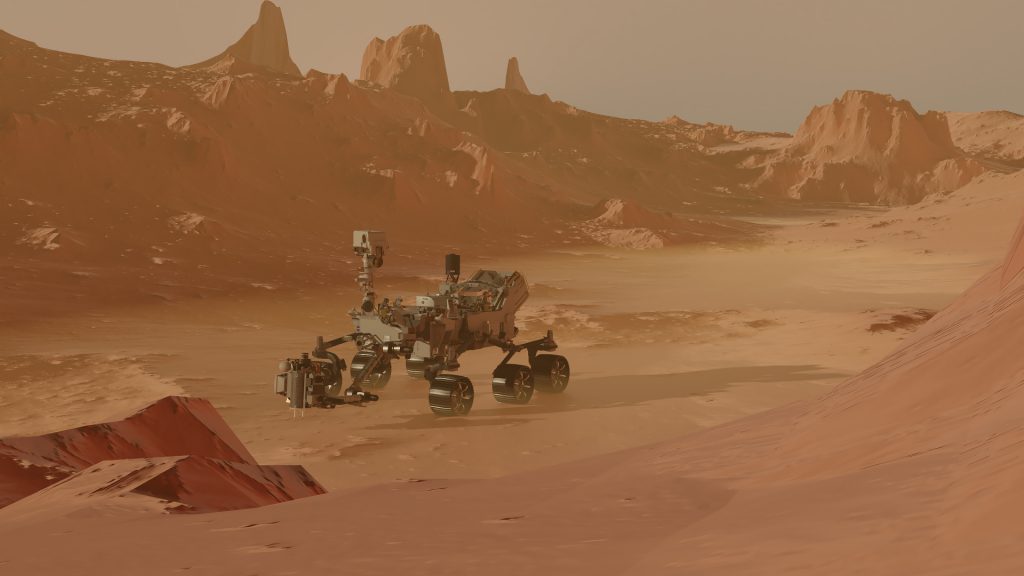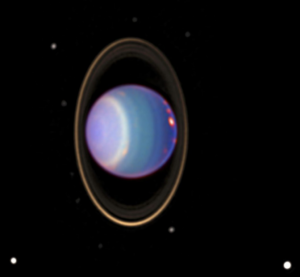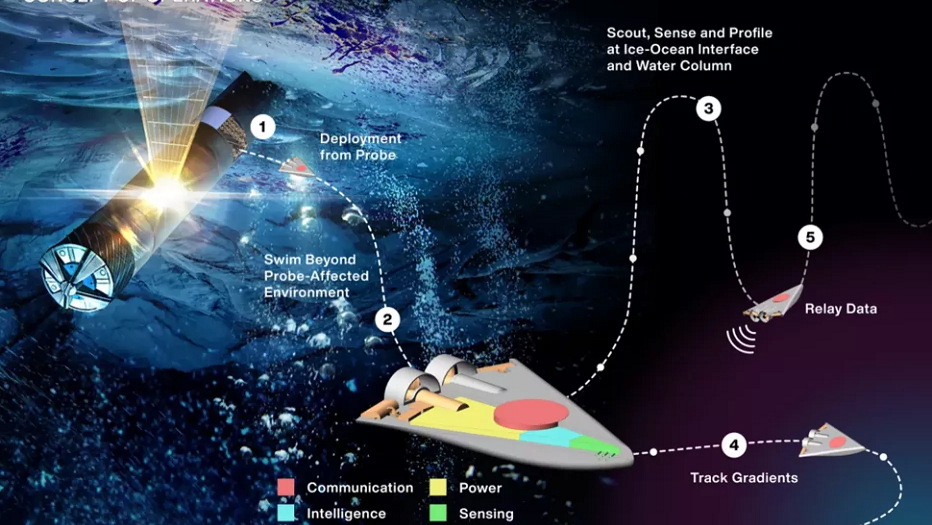
New York (USA) The “Perseverance” mars rover has taken a second sample from rocks on the red planet and has already carried out initial tests on both samples. The samples it took are made of basalt and could have formed from lava outpouring, reported the US space agency NASA. In addition, salt minerals were discovered in it, which could indicate that water may have been present in this area of the planet for a longer period of time and thus potentially life could also have been possible.
However, it will be years before the scientists can analyze the samples themselves. NASA is not planning a joint mission with the European Space Agency to bring the samples back to Earth until the 2030s. Once collected in the future, they are to be examined for their chemical and mineral composition in order to find out whether the rock is really of volcanic origin or whether it is sedimentary rock.
“It looks like our first rocks reveal a potentially habitable sustained environment,” said Ken Farley, project scientist for the mission. “It’s a big deal that the water was there for a long time.”
Last weekend NASA announced, that the rover had taken a first sample from Mars rock and stowed it safely. The second drilling took place a few days later. A first attempt at drilling failed in August because the rock was not strong enough and could not be filled into the sample tube.
The off-road vehicle-sized rover “Perseverance” landed in the Jezero crater on Mars in February 2021. Scientists suspect that there was a deep lake there around 3.5 billion years ago, which emptied and refilled several times over the course of time and provided suitable conditions for organic life. The development and construction of the approximately 2.5 billion dollar (about 2.2 billion euros) rover had taken eight years.
Perseverance is supposed to search for traces of previous microbial life on Mars as well as to research the climate and geology of the planet. He also brought a small helicopter with him to Mars, which took off for the first time in mid-April, making it the first aircraft to fly on another planet.





